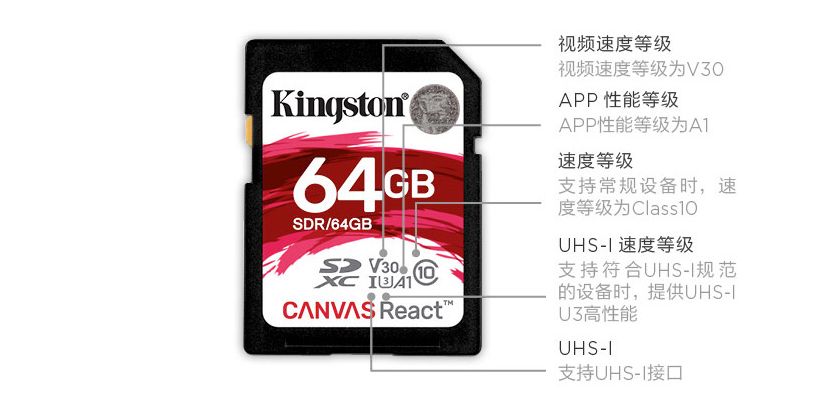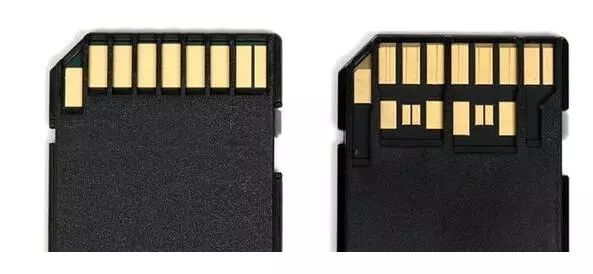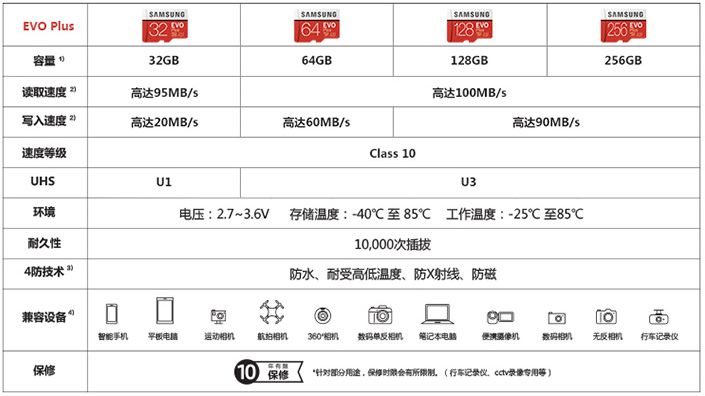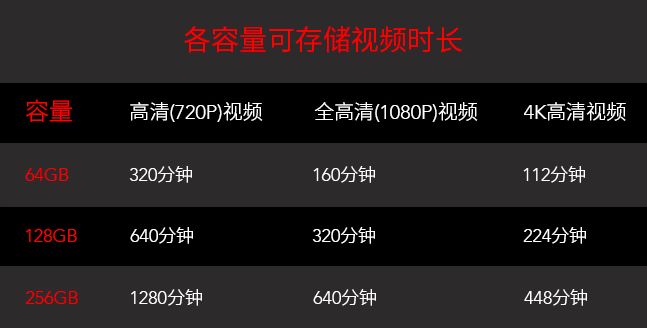
Storage cards may not be high-tech, but their performance and specifications can significantly impact your high-tech devices. They are like the screws on an airplane; although they seem insignificant, without them, the airplane is at risk of crashing. Today, we will discuss the essentials of storage cards (SD cards).
Generally, we commonly encounter two types: TF cards and SD cards. CF and MS cards belong to specialized fields, and users in those areas typically do not need a buying guide, so we will focus on the first two types.
The most important indicator when purchasing a storage card is its “speed”. The speed determines your usage scenarios and read/write times. If you choose the wrong storage card, no matter how advanced your device is, it will likely underperform.
Before we dive in, we need to understand what the markings on SD/TF cards represent. This is crucial and is the most direct way to understand them.

In the past, we typically measured card speed by the “Class 10” rating, which is the number inside the “big C” on the card. Currently, Class 10 is the highest level and is the main selling grade on e-commerce platforms because of its fast speed, suitable for most mainstream devices. We generally do not recommend cards below Class 10, as good cards are already very affordable, and low-speed cards can no longer meet basic needs.
“UHS” stands for Ultra High Speed. Generally, storage cards that support ultra-high speed have much faster read/write speeds than regular cards. There are currently two standards: “I” and “II”, which are also marked on the card (as shown in the image: UHS-I marking).

Besides the differences in markings, the gold fingers on the back also show significant differences; the left is UHS-I, and the right is UHS-II.
Based on the UHS standard, there is also a speed grade similar to the Class 10 we mentioned earlier, but its symbols are “U1” or “U3”, with higher numbers indicating faster speeds.
Taking the Lexar 128GB storage card as an example:
UHS-I: Read 100MB/s, Write 90MB/s
UHS-II: Read 250MB/s, Write 90MB/s
Observant readers will notice a “V30” marking on the card, which represents the video speed class. This is very important for those who need to shoot 4K videos; ultra-high-speed cards are essential, and even drones and common action cameras require better high-speed cards to achieve good shooting results.

The image above lists the required “card” grades for different devices. Although smartphones have low requirements for cards, we still recommend not purchasing “cheap cards” below Class 10, as this will significantly affect the user experience.
Currently, a Class 10 + U1 high-speed card is the most cost-effective option, ensuring basic speed while considering price, and is our main recommendation. However, if you have video shooting needs and require 4K video recording, you must choose U3 + V30 or higher ultra-high-speed specifications.
Additionally, for action cameras, camcorders, and high-resolution filming, it is advisable to purchase high-spec storage cards; otherwise, it may affect shooting quality or even prevent shooting altogether.
We noticed an “A1” marking on the Kingston SD card, indicating it is suitable for app installation, meaning it meets this requirement. However, most brands no longer mark this number, as almost all high-speed cards now meet this requirement.
Once you understand the markings on the card, you can easily choose the product you want. However, there will also be speed differences between different capacities.

The image above shows the speed comparison for Samsung TF cards. It is evident that the 32GB card is of lower specification; although it is considered a high-speed card, the write speed is significantly lower, meaning it cannot support the high-speed shooting needs of drones or action cameras.
Even the 64GB card shows a noticeable speed difference compared to the 128GB card, which is an added benefit of larger capacity, following the same logic as solid-state drives or mobile flash storage (solid-state drives are recommended to be above 240GB, and storage cards should start from 64GB).

How much can your card store? The image above tells you.

The image above is a comparison table of capacity and video duration, helping everyone assess their needs. Generally, if you are just playing around with Vlogs, a 64GB card will suffice. However, if you are shooting commercial videos, you will definitely need a larger capacity.
Action cameras have become very popular recently. When choosing a storage card, I recommend getting a larger capacity because action cameras generate a lot of continuous footage, and even if you only want the middle 10 seconds, you still need to bring back all the excess footage. So… the bigger, the better, to avoid running out of space and not being able to delete.
What brands do you recommend?
For storage cards, hard drives, and other storage media, my personal principle is to buy reliable brands. The value of data is priceless; if you have ever experienced the collapse of losing all your travel photos in an instant, you will never skimp on quality again.
The brands I prioritize recommending are: Lexar, Samsung, Toshiba, Sony, followed by SanDisk and Kingston.
I personally use a Toshiba high-speed SD card for shooting review videos and a Samsung TF high-speed card for my DJI gimbal camera, which are relatively reliable in quality and reasonably priced.
